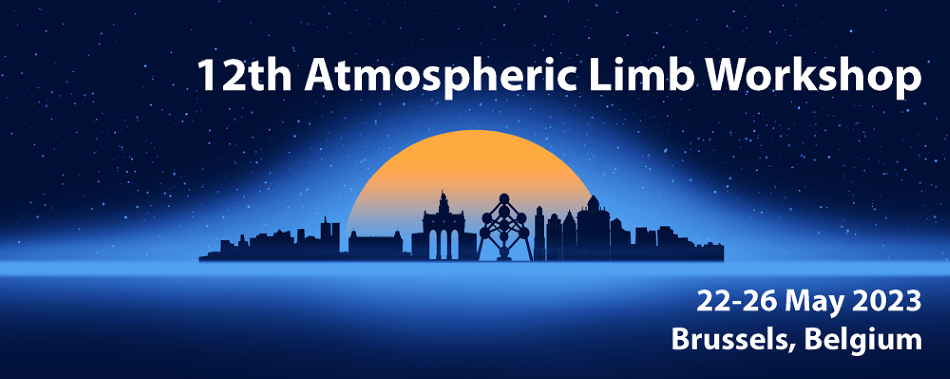Speaker
Description
Aerosols and clouds dominate Earth's radiation budget and climate in the tropical UTLS. Satellites must continuously monitor and identify these layers to quantify their radiative impact. Under altered UTLS conditions after volcanic eruptions and wildfires, distinguishing aerosols from clouds is difficult. Aerosol-cloud distinction relies on wavelength-dependent scattering and absorption. We employ Stratospheric Aerosol and Gas Experiment (SAGE) III onboard the International Space Station (ISS) to research aerosols and clouds in the tropical (15°N-15°S) UTLS from June 2017 to February 2021. During this time, SAGE III/ISS observed multiple volcanic and wildfire events that disrupted the tropical UTLS. Using thresholds of two extinction coefficient ratios, R1 (520nm/1020nm) and R2 (1020nm/1550nm), we examine the benefit of having an extinction coefficient at an extra wavelength channel (1550 nm) from the SAGE III/ISS in aerosol-cloud identification. Kent et al. (1997) presented this strategy for the SAGE III-Meteor-3M but never tested it for tropical volcanically altered settings. ECR stands for Extinction Color Ratio. The ECR approach is used to SAGE III/ISS aerosol extinction data to provide cloud-filtered aerosol extinction coefficients, cloud-top altitude, and seasonal cloud occurrence frequency throughout the study. Cloud-filtered aerosol extinction coefficient from the ECR approach showed higher aerosols in the UTLS during volcanic eruptions and wildfires, similar to the Ozone Mapping and Profiler Suite (OMPS) and space-borne lidar-Cloud-Aerosol Lidar with Orthogonal Polarization (CALIOP). OMPS and CALIOP observations are 1km from SAGE III/ISS cloud-top altitude. Tropical convection's seasonal and diurnal fluctuations cause sunsets to have higher cloud-top elevations than dawns. SAGE III/ISS cloud occurrence frequency seasonal altitude distribution matches CALIOP within 10%. We demonstrate that the ECR method is a straightforward strategy that uses thresholds independent of the sampling time to provide cloud-filtered aerosol extinction coefficients for climate research regardless of UTLS conditions.

